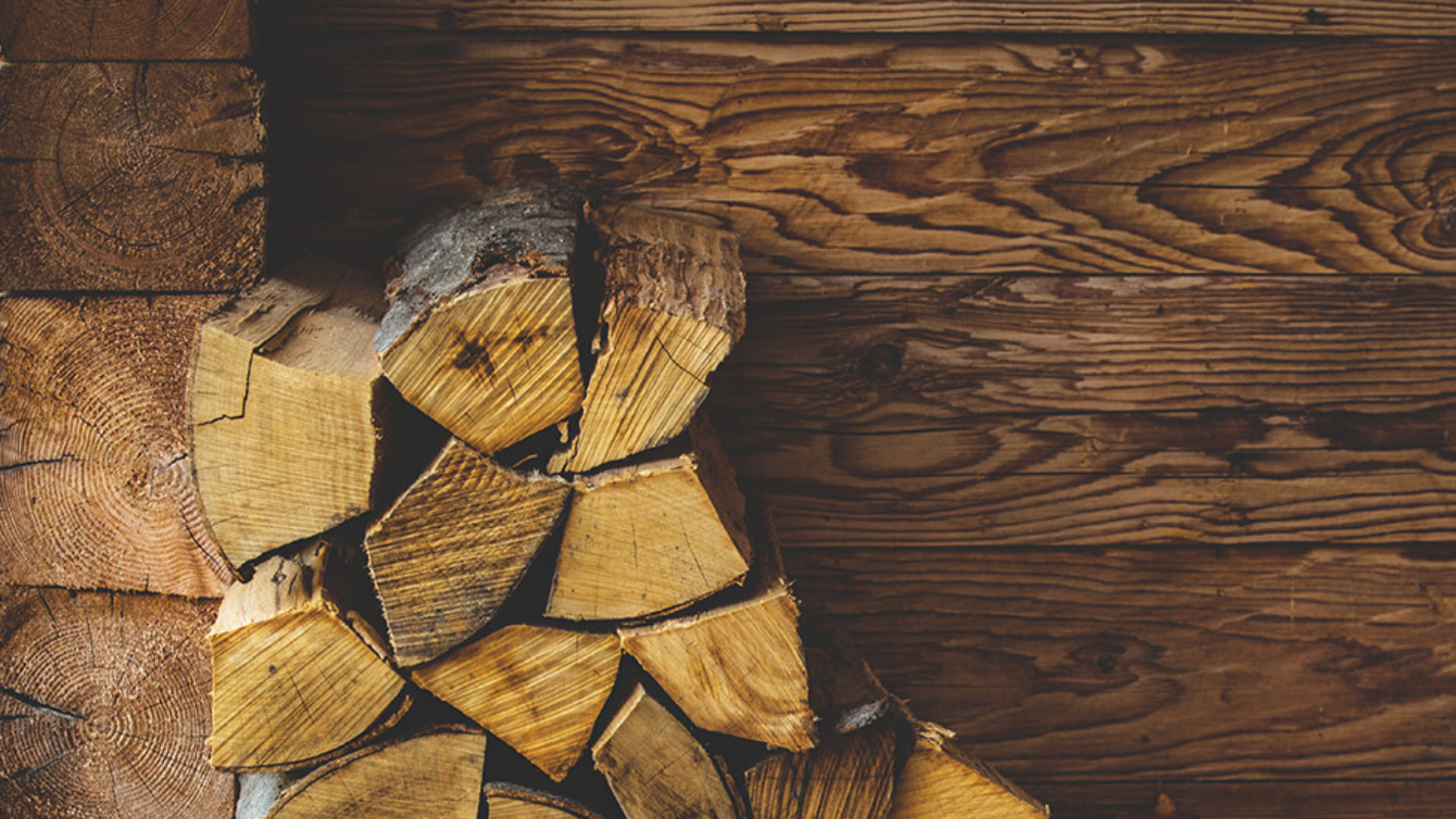Some violin beginners may have loads of questions about the sound of their instruments. One of them is: Does wood matter for violins?
Yes! Wood makes a huge difference for your violin, and it affects the sound and tone of the violin.
Truth be told, the wood type is a big deal for any instruments that have strings.
Now let me break it down for you:
#2. Why the woods are important
#1. What kinds of wood is a violin made of?
A violin is commonly made of the below wood types:
- Maple
- Spruce
- Boxwood
- Ebony
- Willow
- Rosewood
Which is the best wood for violin?
There is no certain answer to the question. Different woods have different pros and cons.
Actually, a great violin is usually made of various woods for different parts.
You can check the different wood characteristics here:
Maple
Maple is a hardwood that has been commonly used for musical instruments and wooden products.
With straight grain, The color of its heartwood is usually dark red and brown, and the sapwood is white or cream-like color.
The wood has no special odor and it’s durable but not bug-proof. If you have a hard maple instrument, don’t let any insects get close to it.
Spruce
Spruce is a softwood that is great for making musical soundboards.
For violin linings and top blocks, it’s also a commonly used wood.
The texture is even and fine. Although it’s softwood, it’s still strong and can withstand much pressure.
Ebony
Black and Dense, Ebony is a hardwood with greatly fine texture.
After polished, the finish will be smooth and clean.
As a material for stringed instruments, it is commonly used for violin pegs and guitar bridge.
Boxwood
Boxwood has many varieties. Usually, the color is light cream to yellow.
It’s a decent wood for carving and turning so that it’s also well-suited for being shaped as a violin tailpiece or a peg.
That is why so many violinists love the silky texture of the hard and heavy boxwood.
Willow
Willow is also best for the internal blocks and lining.
Although willow is classified as a hardwood, it is not as hard as maple.
Compared to other hardwoods, willow’s texture is more soft and more moisture. The density is low, and the grain is interlocked, so you don’t see many items of furniture that are made of willow.
But the characteristics are really a good thing for making a violin.
Rosewood
You definitely have seen violins that are made of rosewood.
Rosewoods are heavy and durable. The dense brown and reddish color make our instruments classic and elegant after polished.
Rosewood pegs, rosewood fittings, rosewood bows, you can see how perfect it is when there are tons of violins that are made of rosewood.
You can also see the video below to get more information about violin woods:
#2. How does the wood affect your violin sound
For acoustic instruments, wood types matter.
You might think only the parts that make sound will make a difference like strings or bows, but that is not true.
Actually, how a violin makes its sound it’s not that simple.
The sound is the result of the vibration of your bridge, top, back.
Finally, the air vibrates and come out of the F-holes of the violin when you draw the bow across the strings.
To transfer the vibration, the wood quality is essential and it needs to be light and resonant but also strong and stiff.
Woods having characteristics like that is not easily found. That’s why violins are usually made of several kinds of wood listed above.
But like I mentioned above, there is not the best wood for violin because every type of wood resonate differently and it’s all about personal preference.
You still need to hear the real sound of them before drawing your conclusion.

